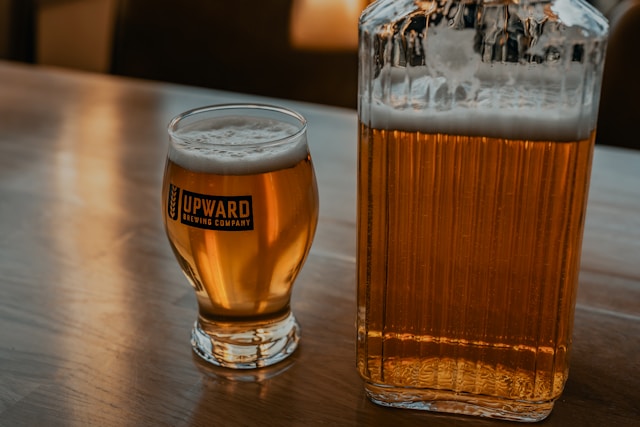In many regions known for brewing – be it New England, Bavaria, or Britain – brewery-adjacent museums are emerging as places of living memory. They offer more than barrels and taps; they preserve narratives of local craft, community, and culture.
The Case for Brewery Museums
While Blue Hills Brewery has historically celebrated traditional ales like India Pale Ale and Watermelon Wheat, its context highlights a broader phenomenon: the rise of brewing heritage sites that chart beer’s evolution. Museums tied to breweries or brewing culture contextualize technology, trade routes, agricultural practices, and social life tied to beer production.
In England, for instance, historic ale traditions once flourished in monasteries, using hops and even rosemary in fermentation long before lager became dominant. Such rich detail is often curated in museum exhibits – showing equipment, ingredients, and key innovations that transformed local economies and everyday life.
Interactive Experience and Cultural Significance
Brewery museums are inherently interactive. Visitors see mash tuns and copper kettles, walk through vatted fermentation spaces, and learn how British Pale Ale once journeyed to India on long voyages. Some feature sensory elements – smells of malt, tactile hops displays, or audio recounts from master brewers – evoking vivid historical resonance.
This immersive approach turns history into a narrative rather than object display. It allows people to grasp why beer mattered culturally, economically, and socially across centuries.
Drawing Unexpected Parallels
Interestingly, the concept of accessible engagement echoes practices in other sectors. Just as some online platforms offer simple, attention-grabbing draws – like 200 free spins no deposit bonuses – to encourage initial access, museums rely on low barriers to invite new audiences. These incentives aren’t the same in spirit, but the principle aligns: remove friction, create participation.
While online offers may lure visitors digitally, museums welcome them physically – opening doors with low-priced tickets, open days, or inclusive programming. Both models rely on creating a first experience that encourages deeper involvement.
Local Museums and Community Engagement
Across Scotland and England, several local museums partner with long-time breweries or brewing communities to host rotating and co-curated exhibitions. These collaborations often highlight the social dimensions of beer: from tavern life to festival traditions, from immigrant labour histories to women’s roles in early brewing.
By bringing community voices into galleries, these institutions add layers of interpretation that go beyond the typical product-centric angle. Visitors leave with a broader appreciation: beer isn’t just a drink; it’s interwoven with identity, place, and culture.
The Future of Brewery Heritage
As craft brewing continues to diversify and globalise, preserving artisanal techniques and local stories becomes ever more important. Heritage museums help trace lineage – from monastic ales flavored with medieval botanicals to modern small-batch IPAs.
By investing in museum spaces – whether small local archives or larger interpretative centres – breweries and cultural organisations preserve not only recipes, but intangible heritage: skills, rituals, and oral histories passed down through generations.
Remembering Through Taste and Tale
Brewery museums offer more than a timeline of beer styles. They invite us to understand how brewing shaped towns, shaped workforce patterns, and shaped cultural rituals. And in that sense, the analogy with opening experiences – whether through a digital bonus or a low-cost museum visit – holds a lesson: access is only the beginning.
Visitor experiences start with curiosity – whether about hops or heritage. Once inside, the depth of storytelling determines how much they learn, empathise, and connect. By safeguarding brewing culture in museum form, we keep the spirit of craft alive. And in turn, we remind ourselves that even something as commonplace as beer can carry centuries of story.
